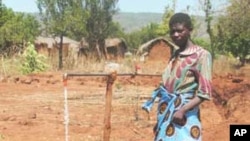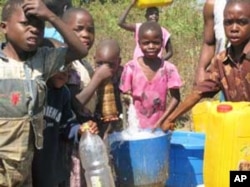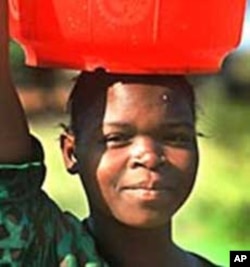In southern Africa, countries are cooperating in an effort to increase the availability of water.
The fourteen members of the Southern African Development Community (SADC) are working together on a plan known as Integrated Water Resource Management.
The project will help member states establish policies and strategies to guarantee adequate supplies of water to local communities, says Pheri Ramoeli, the head of the Water Section at SADC.
Over half of the population in southern Africa live in rural areas and depend on agriculture for their survival. They also use up to 80 percent of the region’s water resources, which depend almost entirely on seasonal rains.
Increasing population and a growing demand for water for industrial, domestic and agricultural purposes are putting pressure on available water sources, says Ramoeli.
“SADC, like most other African states, has a problem [with] the availability of water. Some of our member states have water in abundance (for example in lakes and rivers); others have very little or none. This is largely due to pollution or mismanagement of the resource,” he says.
The plan’s goal is to support water-management activities that are already underway, like sharing river basins across national boundaries.
“What we are doing [are] only those things that can be best done at the regional level,” he says. “And we don’t want to want to replace member states on their rights, but we should be adding value and supporting their activities.”
Several member states have already embarked on water resource management projects: Zambia, Swaziland, Malawi, Mozambique and Namibia.
In Malawi, the effort takes the form of a plan to map areas where farmers can drill more boreholes. The maps will enable the government locate new water sources, says Minister of Irrigation and Water Development Ritchie Muheya. If successful, water service delivery, he says, should be vastly improved.
Other countries in southern Africa are facing similar problems, and recent studies indicate it may be a tough battle.
By 2025, Malawi and South Africa will have widespread water shortages partly due to growing populations and weak infrastructure, including boreholes and machinery for tapping underground water, according to SADC studies.
Lesotho, Mauritius, Tanzania and Zimbabwe will be also be water stressed, according to studies. Because of growing water use and also droughts, fresh water is likely to drop below 1,700 cubic meters per person.
Countries that depends mainly on rainfall for water, including Angola, Botswana, Mozambique and Swaziland, are expected to experience problems with water quality and availability in the dry season.










